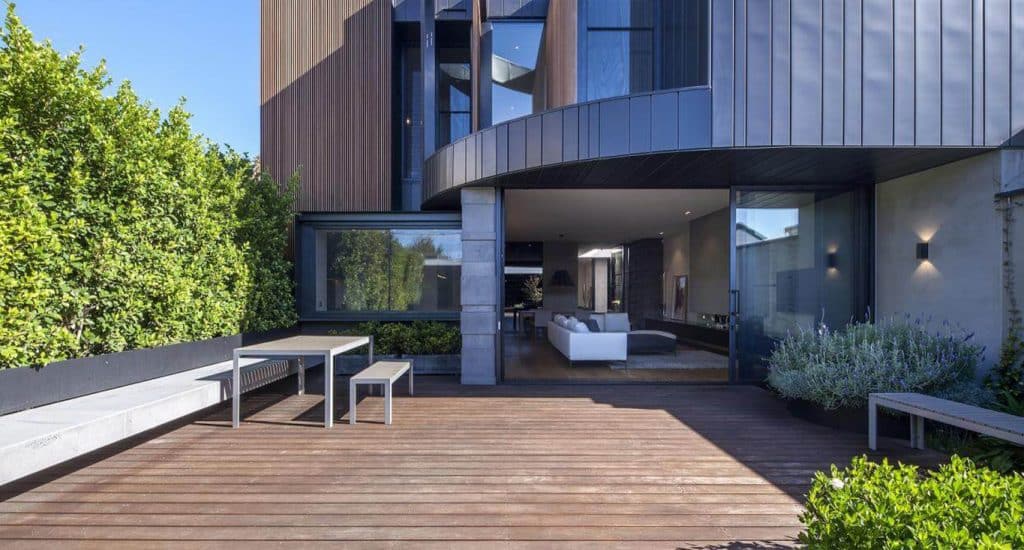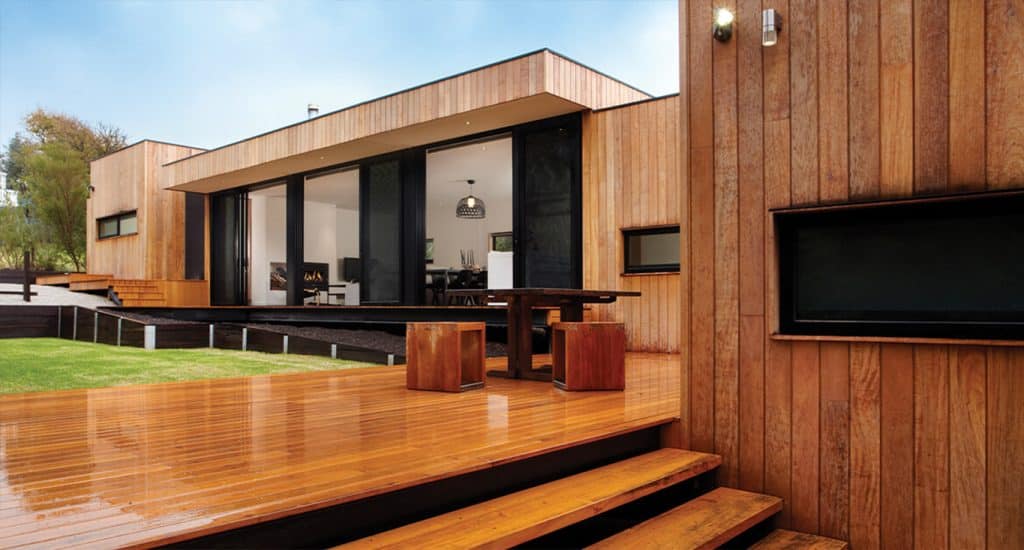Your windows are leaking money—and comfort. If your home is too noisy, too cold in winter, too hot in summer, and your energy bills keep rising, the reason might be your single glazed windows. But what if you could cut noise by 80% and heat loss by 70% without the cost or hassle of full window replacement? Secondary glazing is the better, smarter alternative to double glazed products—and here’s why.
Is Secondary Glazing Cheaper Than Replacing Windows?
Yes, secondary glazing is significantly cheaper than replacing windows with new double glazed products. While full double glazing requires entirely new windows, doors, and frames, secondary glazing is a retrofit solution applied to your existing windows. This means no major construction work, no mess, and no lengthy installations.
Comparison Table:
Solution | Average Price (AUD/m²) | Major Disruption? | Requires New Windows? |
Full Double Glazed Windows | $1,000–$1,500 | Yes | Yes |
Secondary Glazing | ~$450 | No | No |
DIY Secondary Glazing Kit | ~$250 | No | No |
Because it uses your current window frame, secondary glazing is a cost effective option for homeowners wanting thermal insulation and soundproofing improvements without replacing every window. You can choose between DIY product kits or professional installation, depending on your budget and preferences.
How Secondary Glazing Improves Energy Efficiency
Every home deserves peace and comfort. Single glazed units allow air leaks and thermal bridging, leading to heat loss in winter and heat gain in summer. Secondary glazing creates a sealed air gap over your existing single pane, dramatically reducing heat transfer.
Key Benefits of Installing Secondary Glazing:
- Reduces heat transfer by up to 70%.
- Cuts energy bills by up to 20%.
- Creates thermal insulation without removing existing windows or doors.
- Seals gaps around the window frame to prevent draughts.
Secondary glazing acts as a passive thermal barrier, mimicking the performance of double glazed products. Whether acrylic, polycarbonate, or glass panels are used, they create an insulating air space between the secondary panel and the original single glazed panel.
Choosing this alternative to double glazing allows you to retain your existing windows and doors while enjoying significant energy savings year-round. Heating and cooling costs drop as less energy escapes through inefficient single glazed units.
Secondary Glazing for Noise Reduction: Enjoy a Quieter Home
Still waking up at 3 AM to outside noise? If you live near traffic, schools, or noisy neighbours, poor glazing is costing you more than you think—not just in energy, but in sleep and wellbeing. Installing secondary glazing can reduce sound pollution by up to 80%.
Why Secondary Glazing Offers Better Sound Insulation:
- Separate panels act as independent sound barriers.
- Larger air gaps between panes reduce vibration transmission.
- Acoustic-grade acrylic, polycarbonate, or glass panels can be used for better performance.
Secondary glazing creates a better, peaceful interior environment by adding a supplementary panel behind your existing glass. It significantly reduces external sound infiltration, making your living spaces quieter and more comfortable.
This is particularly effective for bedrooms, living areas, and homes in noisy suburban or urban locations where sound never sleeps. If you need a better soundproofing solution that won’t alter your home’s appearance, secondary glazing is ideal.
How Easy Is It to Install Secondary Glazing?
How to reduce outside noise without renovating your whole house? By choosing secondary glazing, installation is quick and easy, without major disruption to your home.
3 Step Process:
- Get a Quote – Based on the size of your windows and desired product type.
- Choose Installation Method – DIY product kit or professional installation.
- Enjoy Comfort – Product installation is fast, clean, and hassle-free.
Options include DIY kits for handy homeowners or professional fitting for a perfect finish. Unlike traditional double glazed windows, which require full frame replacement, secondary glazing simply mounts inside the existing window frame.
This type of glazing suits all common window types: sash, sliding, fixed, casement, and more.
Keep Your Home’s Original Look with Secondary Glazing
One reason many homeowners hesitate to double glaze their windows and doors is concern about altering their property’s appearance. But secondary glazing preserves your home’s original look, making it ideal for heritage homes, character properties, or areas with aesthetic regulations.
Why Secondary Glazing Retains Style:
- Fits discreetly inside existing window frames.
- No change to external windows or doors.
- Custom colour mouldings match timber or aluminium frames.
- Panels are almost invisible once installed.
Because secondary glazing is fitted on the interior, it leaves the exterior aesthetic of your home untouched. Whether you have French doors, sliding windows, or fixed panels, secondary glazed solutions are designed to blend in seamlessly. You’ll retain the beauty of your home while benefiting from modern insulation and soundproofing performance.
Does Secondary Glazing Make Your Home More Secure?
Yes, secondary glazing enhances home security by adding a physical barrier over your existing glazing. A professionally fitted acrylic, polycarbonate, or glass panel, sealed with secure fixings, makes forced entry significantly more difficult.
Security Advantages:
- Tough acrylic panels resist impact.
- Locked or fixed panels add extra layers of protection.
- Sealed units prevent easy access to original window latches.
- Secondary glazed products with dual-panel setups act as deterrents to intruders.
This type of glazing effectively converts vulnerable single glazed windows into multi-layered barriers. While it primarily improves thermal and acoustic efficiency, it also contributes to better security in your home, protecting your property against potential break-ins.
Stop Condensation with Secondary Glazing: How It Works
Condensation occurs when warm, moist indoor air contacts cold window surfaces. Over time, this causes moisture buildup, leading to mould, mildew, and frame deterioration. Secondary glazing helps prevent this by maintaining warmer internal glass surfaces.
How Secondary Glazing Prevents Condensation:
- Adds an insulating air gap to stop internal glass cooling below the dew point.
- Reduces moisture condensation around window frames.
- Protects timber and aluminium frames from rot and corrosion.
- Keeps internal spaces healthier and drier.
By eliminating the cold surface contact that causes condensation, secondary glazing protects both your home and your health. Mould and damp air can be effectively minimised, contributing to improved indoor air quality throughout the year.
Why Secondary Glazing is the Smart Homeowner’s Choice
Secondary glazing offers:
- Thermal insulation for year-round energy savings.
- Soundproofing to block out noise or sound pollution and improve wellbeing.
- Cost-effective, non-intrusive installation preserving your home’s look.
- Security improvements without the need to contact professionals for expensive renovations.
- A proven way to stop condensation and protect your property.
Ready to stop wasting money on heating and cooling? Winsulation’s glazing solutions are designed for Australian homes, offering a reliable, sustainable, and beautiful way to improve comfort and reduce energy costs. Whether you choose professional installation or products like DIY kits, this offers the benefits of double glazing without the cost or hassle of full window replacement.
Contact Winsulation today for your free quote and discover how secondary glazing can transform your home.



